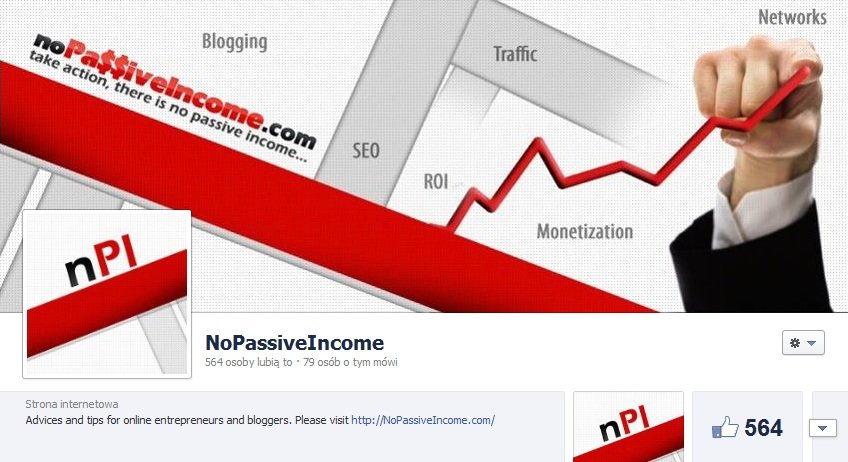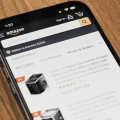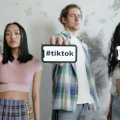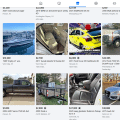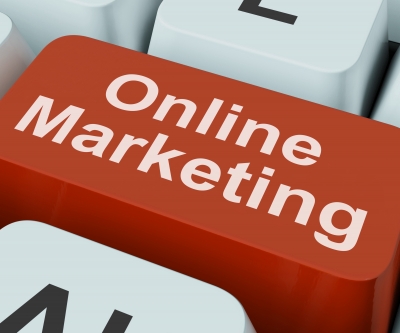So here’s something that’ll probably annoy you: I just checked my Facebook insights last week, and one of my posts got seen by 847 people. Guess how many actually did something with it?
12 people.
That’s like 1.4%. Pretty terrible, right?
But then I remembered this other post I did a few months back that got crazy engagement – like 50+ comments, tons of shares, people actually messaging me about it. What was different?
That’s what I want to talk about today. I’ve been messing around with Facebook for my business for about 3 years now, and I’ve finally figured out some stuff that actually works. Not the generic advice everyone gives you, but real tactics that get people to stop scrolling and actually engage.
Table of Contents
What Even Counts as Engagement?
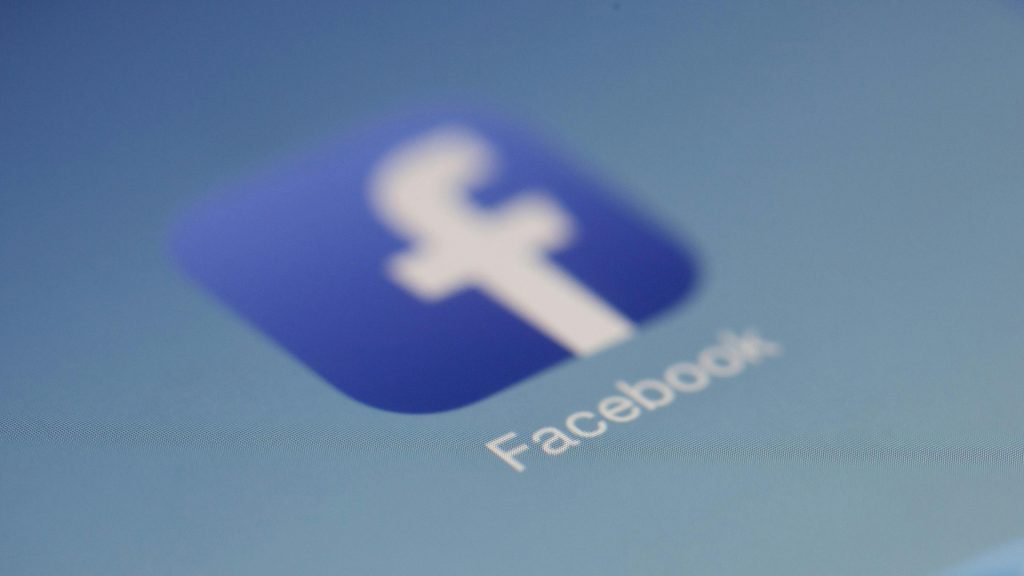
OK, so before we get into the good stuff, let’s just make sure we’re talking about the same thing. When I say “engagement,” I mean:
- People liking your posts (or using those reaction things – the heart, laugh, angry face, whatever)
- Comments (even if it’s just an emoji)
- Shares
- People clicking on your stuff
- Watching your videos
- Any time someone does SOMETHING instead of just scrolling past
Here’s how you figure out if you’re doing good or bad:
Take all the engagements you got, divide by how many people saw it, and multiply by 100. So if 1000 people saw your post and 30 people engaged with it, that’s 3%.
According to this Facebook statistic, most pages get around 0.27%. If you’re getting 1% or higher, you’re actually doing pretty well. But I think you can do way better than that.
#1: Your First Line Better Be Good
This is probably the most important thing. If your opening sucks, nobody’s reading the rest.
I learned this the hard way. Used to start posts with boring stuff like “Hope everyone’s having a great week!” Engagement was terrible.
Now I try stuff like:
- “OK, this is going to sound weird but…”
- “Unpopular opinion time:”
- “I just realized something that blew my mind.”
- “Quick question – am I the only one who…”
The goal is to make people think “wait, what?” and keep reading.
#2: Post When People Are Online
This seems obvious, but most people get it wrong. Everyone says “post at 11 am on Wednesday” or whatever, but that’s just average data. Your people might be completely different.
I used to post whenever I felt like it. Bad idea. Now I check Facebook insights to see when MY followers are online. Turns out most of mine are on around 7 pm on weekdays (probably scrolling after work) and Saturday mornings.
Once I started posting, then instead of random times, my engagement went up by 200%. It’s not rocket science – more people online when you post = more people see it = more engagement.
#3: Ask Questions That People Want to Answer
This one’s huge. Instead of just sharing stuff, I started ending posts with questions that get people talking.
Some that work really well:
- “Fill in the blank: The worst part about [your industry] is ___”
- “Coffee or tea? (And don’t say both, pick a side!)”
- “Hot take: [something mildly controversial]”
- “On a scale of 1-10, how much do you agree with this?”
- “What do you think this industry will look like in 10 years?”
The key is asking about stuff people have opinions on. Don’t ask “How’s your day?” Ask something they care about.
#4: Stop Talking About Yourself So Much
Biggest mistake I made early on? Everything was about my business. “Look at our new product!” “Check out our latest blog post!” “We’re so excited to announce…”
People got bored fast.
Now I follow this rule: for every 10 posts, only 2 can be about my stuff. The other 8 need to entertain people, teach them something, or just be interesting.
Like, if you sell fitness equipment, don’t just post about your products. Share workout tips, healthy recipes, motivational quotes, funny gym memes, whatever. People follow you for value, not ads.
#5: Visual Stuff Gets Way More Engagement
I’m sure you’ve heard this before, but it’s true. Posts with images get shared like 650% more than text-only posts.
But here’s what most people don’t tell you – the TYPE of image matters a ton.
What works best for me:
- Behind-the-scenes photos (people eating lunch, messy desks, whatever)
- Pictures of real customers using my stuff
- Simple quote graphics (but not those cheesy Pinterest-looking ones)
- Short videos showing how to do something
- Before/after comparisons
Stock photos are usually boring. People can tell they’re fake. Your phone camera is probably good enough – just make sure the lighting doesn’t suck.
#6: Stories and Reels Are Gold
Most businesses ignore these, which is dumb because they get crazy engagement.
Stories show up at the top of people’s feeds and disappear in 24 hours, so there’s this urgency thing. Plus, you can add polls, questions, and all that interactive stuff.
Reels are Facebook trying to compete with TikTok, so the algorithm pushes them hard right now.
I’m not great at video stuff yet, but even my terrible Reels get more views than my regular posts. Just keep them short and try to jump on trending sounds if you can figure out how to make them relevant.
#7: Talk TO People, Not AT Them
Social media is supposed to be social, but most businesses treat it like a billboard.
Instead of “Check out our new service!” try “We just added something new. What matters most to you when you’re looking for [type of service]?”
Instead of “Happy Monday!” try “What’s one thing you’re excited about this week? Need some Monday motivation over here!”
See the difference? One starts a conversation, the other just broadcasts.
#8: Reply to Comments Like Your Life Depends on It
If someone takes the time to comment on your post, acknowledge it. I try to respond to every single comment, even if it’s just a like.
A few things I learned:
- Respond fast (within a few hours if possible)
- Use people’s names when you reply
- Ask follow-up questions to keep the conversation going
- Match their energy – if they’re excited, be excited back
When you reply to comments, it tells Facebook your post is generating engagement, so they show it to more people. Plus, people are more likely to comment in the future if they know you’ll respond.
#9: Get Your Customers to Post About You
User-generated content is amazing for engagement. When real customers share photos or stories about your business, it’s like social proof on steroids.
I started asking customers to tag us in photos and use our hashtag. Took a while to catch on, but now we get several tagged posts every week.
You can also run photo contests, ask for reviews, or just straight up ask, “If you’ve tried our [product], we’d love to see how you use it!”
Always ask permission before resharing customer stuff, and tag them when you do.
#10: Facebook Groups Are Engagement Goldmines
Groups get way higher engagement than pages. Like 10x higher, no joke.
I joined a bunch of groups where my ideal customers hang out. Not to spam them, but to be helpful. Answer questions, share useful stuff (without being salesy), and start interesting discussions.
People notice when you’re consistently helpful, and they check out your page. Some of my best customers found me through groups.
You can also create your own group for customers and industry people. Takes time to build, but once you get momentum, it’s amazing for engagement.
#11: Go Live Sometimes
Facebook Live videos get insane engagement compared to regular videos. Something about live content makes people feel more connected.
I was terrified to go live at first (still kind of am), but even my awkward live videos get good engagement.
Ideas that work:
- Show behind-the-scenes stuff
- Do Q&As
- Demonstrate how to use your product
- Just talk about industry trends
People can comment while you’re live, and you can respond in real time. It’s like having conversations with your audience.
#12: Don’t Let Good Content Die
Your best posts shouldn’t just disappear after a day or two. I started repurposing content that performed well.
Like if a tip post got tons of engagement, I’ll turn it into a video a few weeks later. Or take a popular blog post and break it into a series of smaller posts.
New followers haven’t seen your old stuff, so don’t be afraid to reshare things with updated commentary.
#13: Sometimes You Need to Pay to Play
I hate that organic reach is so low now, but sometimes you gotta boost posts to get them seen.
I usually only boost:
- Posts that are already doing well organically
- Important announcements
- Time-sensitive stuff like sales or events
Start small – like $10-20. Target your existing followers first since they’re most likely to engage.
#14: Partner with Services That Help
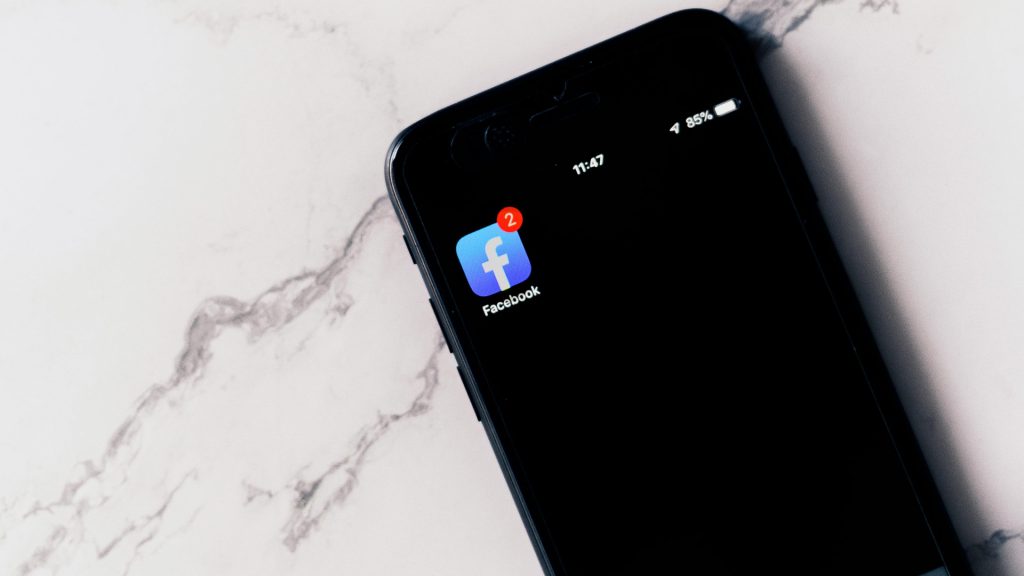
Look, I’m all about organic growth, but sometimes you need a little boost to get things moving. Especially when you’re starting out or the algorithm is being extra annoying.
This is where working with legit services can help you increase Facebook views and get that initial momentum going.
I’ve worked with Socialplug before, and they’re trustworthy, which is rare in this space. Most services give you fake engagement from bots, but these guys focus on real people and gradual growth that doesn’t look suspicious.
Here’s when it makes sense:
- You’re launching something new and need initial traction
- Your organic reach is stuck, and you need to break through
- You have important content that needs to be seen
What I like about Socialplug:
- They deliver real engagement from actual Facebook users
- Growth looks natural, not like you bought 10,000 likes overnight
- They have actual customer support (crazy, I know)
- No shady practices that could get your account in trouble
- Transparent pricing without hidden fees
Just remember – services like this work best when you combine them with good content and the organic strategies I’m talking about here. Think of it as giving your content the initial push it needs to succeed on its own.
#15: Look at Your Data
I used to just post randomly and hope for the best. Bad strategy.
Now I check Facebook insights every week to see what’s working. Look for patterns in your best posts:
- What time did you post them?
- What type of content was it?
- How did you word the caption?
- What was the topic?
Double down on what works, stop doing what doesn’t.
Facebook shows you when your followers are online, which posts got the most engagement, demographics of people who engage most, all that good stuff.
What’s Next?
Here’s the thing – Facebook engagement isn’t just about getting more likes and comments. It’s about building actual relationships with people who care about what you do.
The stuff I shared here has worked for me and lots of other businesses I know. But you have to actually DO it, not just read about it.
Pick one strategy from this list. Try it for a week. See what happens. Then add another one.




